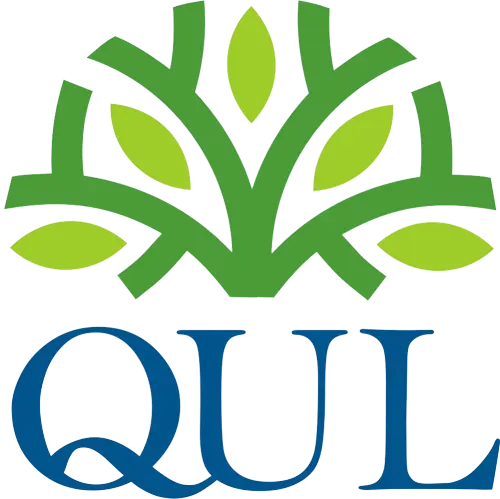Generative Models and NFTs: A New Ownership Paradigm
February 3, 2025 8:51 pm
Generative Models and NFTs: The New Paradigm of Ownership
The rise of blockchain technology, artificial intelligence (AI), and decentralized networks has changed the way we think about ownership, identity, and creativity. Among the many innovative applications of these technologies, non-fungible tokens (NFTs) have become a game-changer in the art world, the music industry, and beyond. In this article, we’ll delve into the world of NFTs, look at how generative models are changing the ownership paradigm, and analyze the implications for artists, musicians, and collectors.
What is an NFT?
A non-fungible token (NFT) is a unique digital asset that represents ownership of a specific object or work of art. Unlike traditional cryptocurrencies like Bitcoin or Ethereum, NFTs are non-fungible, meaning that each token has its own distinct characteristics, such as an image, sound, or metadata associated with it.
The World of Art and NFTs
In the art world, NFTs have spawned new business models that blur the lines between ownership, provenance, and rarity. Artists can now sell their work in digital format, allowing collectors to acquire unique works of art without the need for a physical warehouse or exhibition space.
For example, digital artist Beeple (Mike Winkelmann) sold his work Everydays: The First 5000 Days (2021) to Christie’s for a staggering $69.3 million in November, demonstrating that NFTs can be used as a legitimate means of valuation and ownership.
The Rise of Generative Models
Generative models, including AI-based tools such as DALL-E, Midjourney, and Stable Diffusion, have enabled an unprecedented level of diversity and complexity in digital art. These models can generate images, videos, music, and even entire worlds from a single command or data set.
The integration of generative models with NFTs has opened up new possibilities for artists to create unique and personalized digital assets. Using AI-generated content, artists can now create high-quality works of art that are both unique and collectible.
A Paradigm Shift in Ownership
As the art world becomes increasingly digital, the concept of ownership is changing. With NFTs and generative models, creators can now own and control their digital works with unprecedented precision.
This shift has far-reaching implications for artists, musicians, and collectors:
- Ownership: Creators can now securely store and manage their digital works with the confidence that they are the exclusive owners of the intellectual property.
- Authenticity: AI-generated content ensures that each item is unique and authentic, reducing the risk of counterfeiting or duplication.
- Value: NFTs provide a tangible representation of ownership, allowing buyers to purchase and verify the authenticity of digital works.
Collectors’ Tips
For collectors, owning NFTs provides a new level of security and provenance:
- Investment Potential: NFTs can increase in value over time, offering investors a potential long-term investment opportunity.
- Personalization: Collectors can now purchase unique digital artifacts that reflect their individual tastes and interests.
Conclusion
The combination of generative models and NFTs has created a new paradigm of ownership, where creators and collectors can secure, verify, and monetize their digital works with unprecedented precision. As this technology evolves, we can expect to see even more innovative applications of AI-generated content across a range of industries.
As the art world adapts to this new reality, it’s becoming clear that NFTs and generative models will forever change the way we think about property, creativity, and value.
Categorised in: CRYPTOCURRENCY
This post was written by Munna


Comments are closed here.